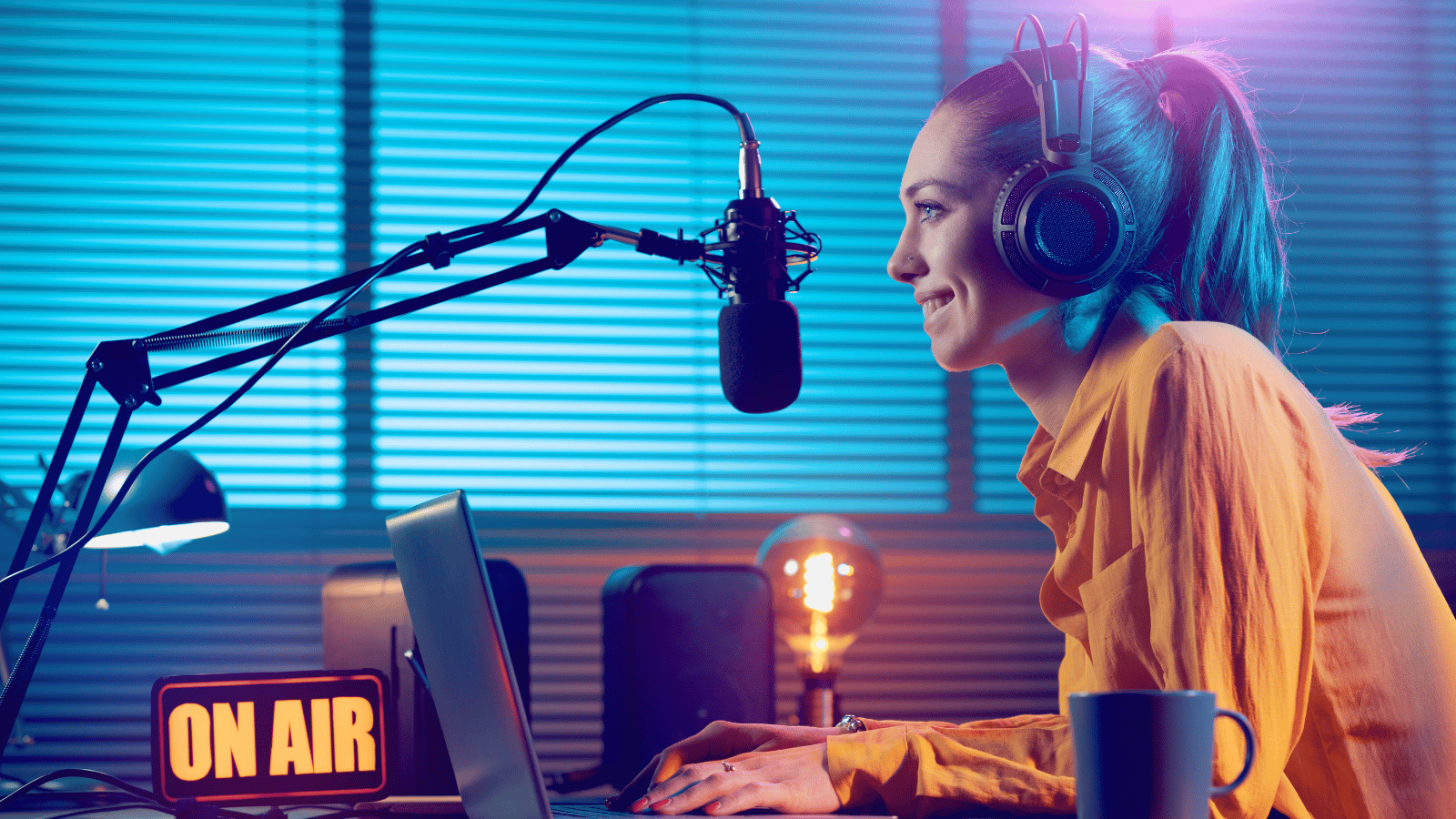Building Champions Online: Social Media Strategies from Top Athletic Programs
It’s no secret that social media has become essential for schools to promote their athletic programs and connect with fans. The problem most...
4 min read

Now it's time to promote the program to your students and encourage them to participate. You can use the morning announcements, flyers, and social media as the main sources of promotion.
Most schools have a morning announcement message before every school day, so a simple 30-second announcement about the broadcast program will suffice for spreading awareness to students. Hanging flyers around the school can be another way to build awareness about your program. Post the flyers in high-traffic areas of the school to ensure the most visibility.
Last but certainly not least, social media should be the main avenue of promotion for schools when promoting a potential student broadcast program. Social media platforms like Twitter and Instagram are great for reaching students. Posting a simple graphic that promotes the program on both Twitter and Instagram can help get the word out.
Once your school has enough students to start the program, it’s time to create a broadcast plan. Your school can go in several different directions with the program you create, and setting a plan will be critical for long-term success.
Start by identifying which sports you want to broadcast and reviewing the schedules for each sport. Assign students to each event to ensure that all events will be covered. Many schools start broadcasting with football and basketball, but you certainly aren't limited to those sports. The NFHS Network covers 27 different sports at all levels, so consider broadcasting your volleyball, baseball, soccer, lacrosse, and other athletics as well.
Once your broadcast schedule is in place, it’s now time to assign roles for students in the program. A high-quality sports broadcast will include a producer, play-by-play commentator, color commentator, sideline reporter, and potentially more. You can pick and choose what roles to include for each broadcast.
Creating a rotation for the students will be the most effective way to ensure each student has a chance to work in different roles. This will give students opportunities to gain well-rounded experience and creative samples for a digital portfolio.
Before your first broadcast, try to test your process with a "mock" production of a scrimmage or practice. This will give your students a better idea of what to expect on game day and help identify any areas that may need more attention.
Now, the preparation has been done, and your broadcasting is ready to go live. The most important step is to have fun with it. There could be nerves, mistakes, and technical difficulties at times, but these are learning opportunities for you and your students. These experiences can give your students chances to collaborate and problem-solve.
In addition to smoothing out anything that may not go according to plan, be sure to highlight what goes well! As you broadcast more and more events, you and your students will gain confidence, experience, and inspiration to keep evolving your program and process.
Once your school has had successful broadcasts, you can now use the content produced to further promote the program. Social media can be effective once again, as you can post highlights from your broadcast and encourage students to join the program and subscribe to watch. Students can also build their portfolios by clipping their favorite moments, calls, and more.
For more technical resources, visit our Support Hub for Manual Streaming.
Next Steps
Regardless of whether students decide to enter the field of broadcast journalism, a student broadcast program can teach many transferable skills that will serve them in high school and beyond. If you're interested in potentially creating a program at your school, contact us today.
Want more information on how streaming can enhance fan engagement and set students up for success? Listen to our podcast episode featuring Wiley Ballard, reporter for the Atlanta Braves Radio Network, and how he prepared to enter the world of broadcasting because of an NFHS Network Student Broadcast Program.